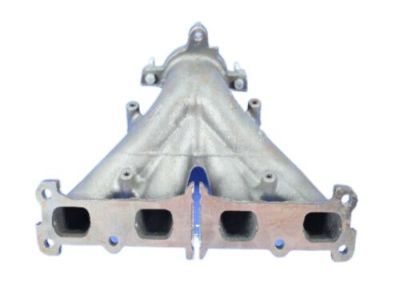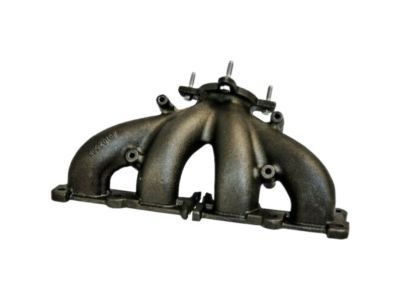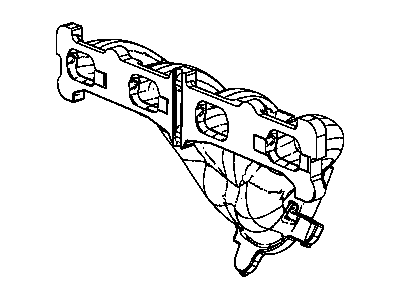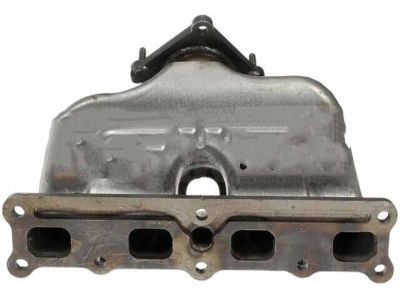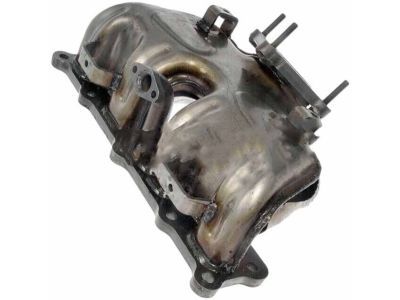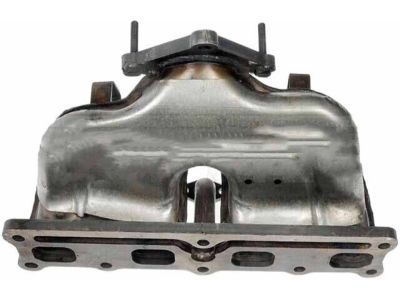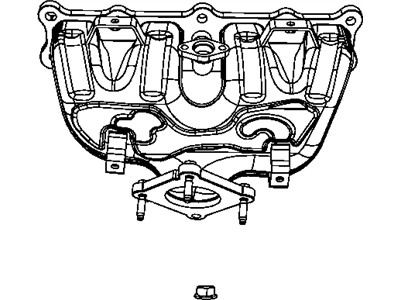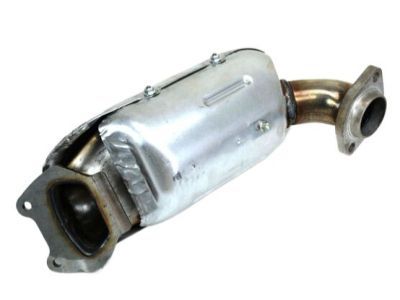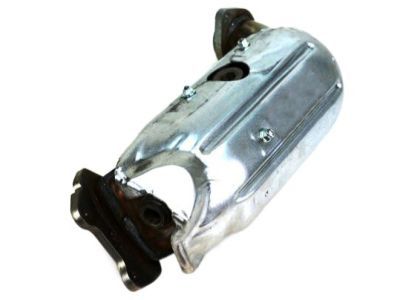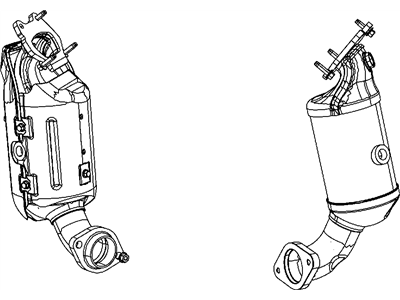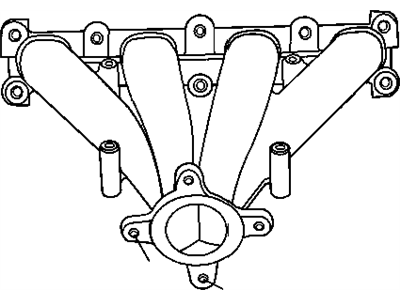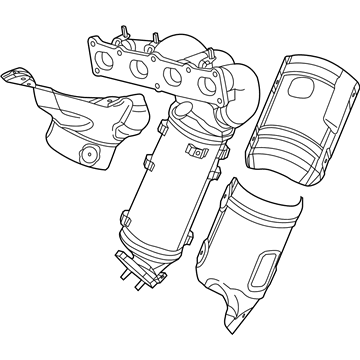
My Garage
My Account
Cart
Genuine Chrysler 200 Exhaust Manifold
Engine Exhaust Manifold- Select Vehicle by Model
- Select Vehicle by VIN
Select Vehicle by Model
orMake
Model
Year
Select Vehicle by VIN
For the most accurate results, select vehicle by your VIN (Vehicle Identification Number).
9 Exhaust Manifolds found



Chrysler 200 Exhaust Manifold And Catalytic Converter
Part Number: 68036151AK$1399.75 MSRP: $2080.00You Save: $680.25 (33%)
Chrysler 200 Exhaust Manifold And Catalytic Converter
Part Number: 68036150AK$1416.70 MSRP: $2105.00You Save: $688.30 (33%)Chrysler 200 Exhaust And Catalytic Converter
Part Number: 68315810AA$667.68 MSRP: $970.00You Save: $302.32 (32%)Chrysler 200 Exhaust And Catalytic Converter
Part Number: 68234997AB$1377.80 MSRP: $2020.00You Save: $642.20 (32%)Chrysler 200 Exhaust And Catalytic Converter
Part Number: 68081821AB$1714.20 MSRP: $3075.00You Save: $1360.80 (45%)Chrysler 200 Exhaust Manifold And Catalytic Converter
Part Number: 68036151AG$1399.75 MSRP: $2080.00You Save: $680.25 (33%)
Chrysler 200 Exhaust Manifold
Subject to damage or wearing out through constant use the exhaust manifold of Chrysler 200 vehicles is significant in that it collects hot gaseous exhausts from the engine in order to optimize the efficiency of the Chrysler 200 vehicles' engines and diminish undesirable emissions. Located at various places depending upon the position of the engine, the manifold is made of cast iron or stainless steel having number of tubes equivalent to the engine cylinders. During the years, it is possible to use various types of exhaust manifold as well as standard and headers on Chrysler 200. While standard manifolds are made to capture the exhaust gases, headers are made to reduce the resistance to flow of exhaust gases and to thus improve engine efficiency by increasing the velocity of these gases. Gasket of the exhaust manifold must be checked always, because a bad unit may result to poor performance and health problem because of exhaust leak.
Looking for affordable and high-quality auto parts? Then you have already arrived at the proper online shop. We offer all Chrysler 200 Exhaust Manifold at great affordable prices. Moreover, all genuine Chrysler 200 Exhaust Manifold come with a manufacturer's warranty. In the long run, you would realize you have saved a lot of trouble and money with OEM parts from here.
Chrysler 200 Exhaust Manifold Parts Questions & Experts Answers
- Q: How do you remove and install an exhaust manifold in 2.7L V6 engine on Chrysler 200?A:To remove the exhaust manifold, first disconnect the negative battery cable from the remote ground terminal. Block the rear wheels, set the parking brake, raise the front of the vehicle, and support it securely on jackstands. Disconnect the downstream oxygen sensor connectors and remove the under-vehicle splash shield if equipped. Unbolt the exhaust pipes at the exhaust manifolds, then lower the vehicle. In the engine compartment, disconnect the oxygen sensor's electrical connector. If removing the rear exhaust manifold, detach the EGR pipe from the top of the manifold; if removing the front manifold, also remove the air filter housing and the engine oil dipstick tube. Remove the exhaust manifold upper heat shield mounting bolts and the heat shields, then detach the manifold from the cylinder head, applying penetrating lubricant to the bolts and threads beforehand. For installation, clean the mating surfaces to eliminate old gasket material and inspect the manifold for distortion and cracks, checking for warpage with a precision straightedge. If necessary, take the manifold to an automotive machine shop for resurfacing. Position the exhaust manifold with a new gasket and lower heat shields, installing the mounting bolts finger tight while ensuring the gaskets are correctly identified by cylinder designation and exhaust port position. Tighten the mounting bolts starting in the middle and working outward in several increments to the specified torque. The remainder of the installation follows the reverse order of removal. Finally, start the engine and check for exhaust leaks between the manifold and cylinder head as well as between the manifold and exhaust pipe.
